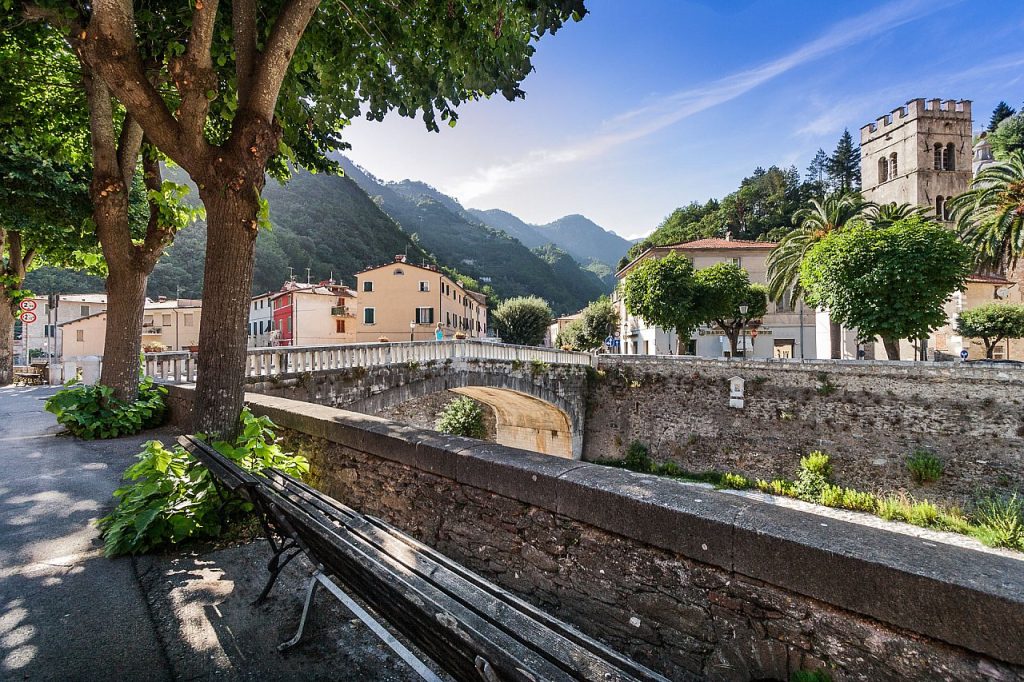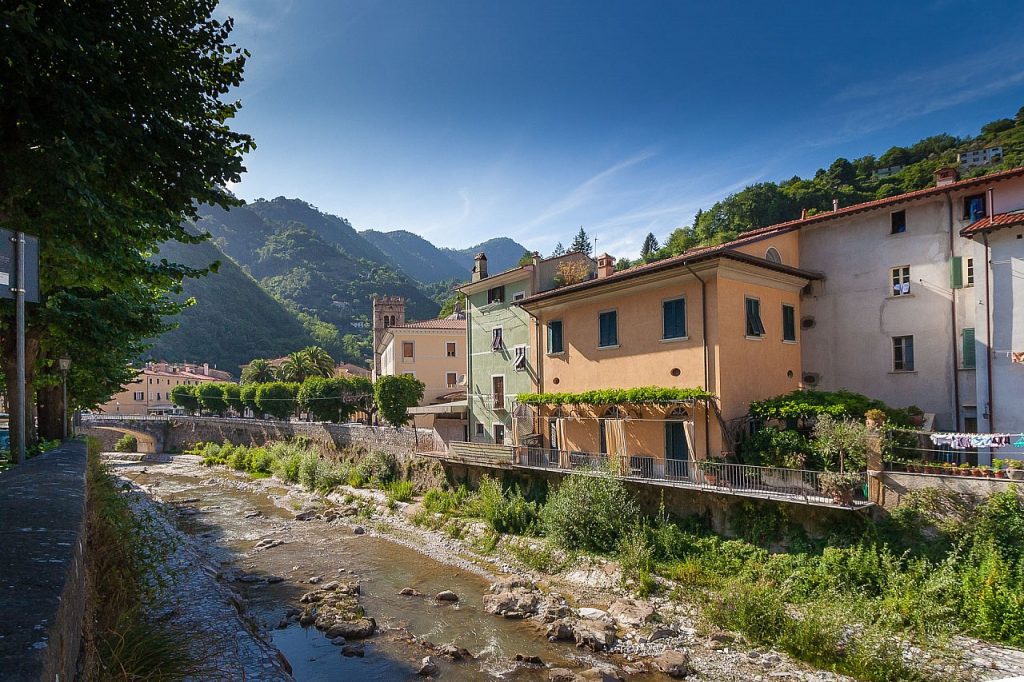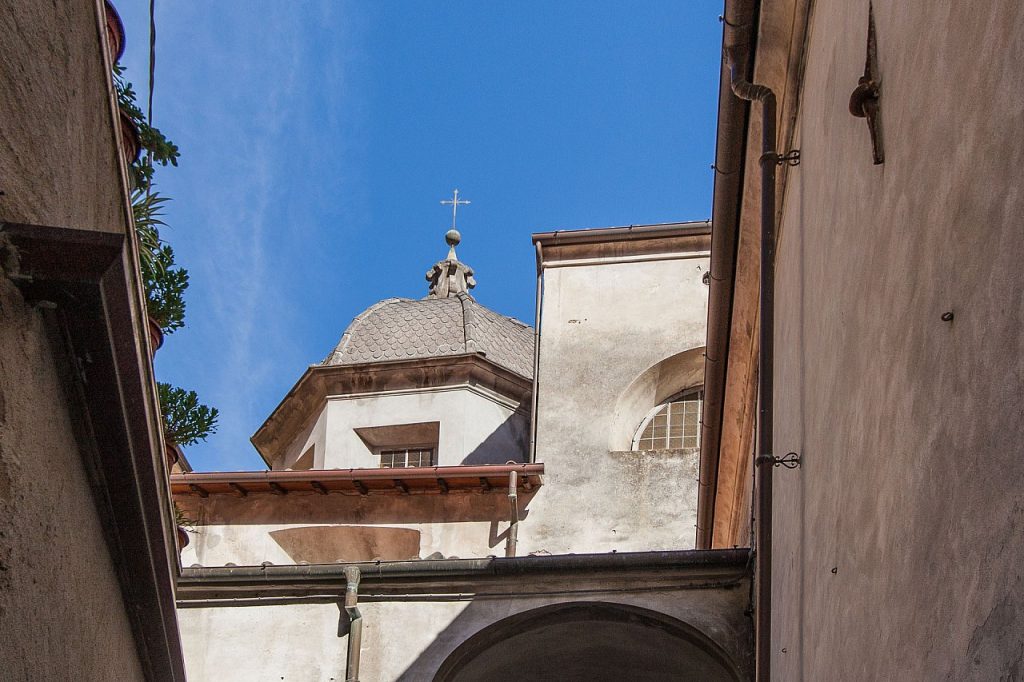5 things to see in Seravezza
5 min · 9 Sep 2024

Located at the confluence of the Serra and Vezza streams, Seravezza is a quiet and exclusive town that is part of what is known as historic Versilia. It forms the ideal link between the mountainous ruggedness of the Apuan Alps and the narrow coastal plain. And although the landscape is characterised by extreme environmental variety, the entire area is marked by the imposing presence of marble (it was here that Michelangelo chose marble for his works of art). Of particular historical-architectural value, the ancient centre was a place of residence for several members of the Medici family.
What to see in Seravezza? Here are 5 things not to be missed!
The Villa Medicea
The most interesting monument is unquestionably the Villa Medicea, an exceptional architectural complex consisting of the palace, stables, chapel and garden. Located at the foot of the Apuan Alps, since 2013 it has been among the 14 Medici properties – Tuscan Villas and Gardens – recognised by Unesco as a World Heritage Site. The main building of the complex, the palazzo, was erected between 1561 and 1565 at the request of Cosimo I de’ Medici. It presents a simple, almost severe architecture of a rustic fortified villa. Today the palace houses the Sirio Giannini Library, the Municipal Historical Archives and the Museum of Work and Popular Traditions of Historical Versilia, while the stables house the municipal theatre and cinema.
The Cathedral of Saints Lawrence and Barbara
Standing out among the religious architecture is the Cathedral of Saints Lawrence and Barbara, located in the centre of the town. The church was built between the 15th and 16th centuries on the site of the ancient church dedicated to Saints Simon, Judas and Agatha, but its current appearance is the result of various restoration and extension works over time, including the construction of the two side aisles. Due to the presence of numerous marble and polychrome marble artefacts, the Cathedral is considered a veritable museum of marble. Among the works present are a baptismal font sculpted by Stagio Stagi, an altar richly decorated in polychrome marble and a capitular processional cross commonly known as the Golden Cross of Pollaiolo, attributed to Francesco Marti.
The Oratory of the Santissima Annunziata
Another religious building not to be missed is the Oratory of the Santissima Annunziata, also known as the Misericordia Church, which stands on the right bank of the Vezza. Already existing in the 14th century, it was rebuilt from scratch after the great flood of 1885, albeit on the opposite side of the road from its original location. Inside, a large number of valuable works of art can be admired, including: the painting of the Annunciation, a work from the first half of the 17th century by the Seravezzino painter Filippo Martelli; the painting of St. Vincent de Paul; and the magnificent painting The Three Marys at the Sepulchre, from the workshop of Pietro da Cortona, donated by the Grand Duke of Tuscany Leopold II of Habsburg-Lorraine in 1833.
The village of Querceta
The small village of Querceta is a hamlet of Seravezza and is the perfect place for those who want to take a relaxing break from the crowded beaches of the Riviera. It is said that in the first half of the 17th century, an image of the Madonna Lauretana brought by a French pilgrim returning from the Sanctuary of the Holy House of Loreto (AN) was found in the area of Querceta, around which the Church of Santa Maria Lauretana, the village’s main place of worship, was built. Querceta is a village rich in traditions, including the Palio dei Micci, a historical-folkloristic event aimed at reviving the history and legends of the place.
The pools of Malbacco
Finally, not far from the town of Seravezza, the pools of Malbacco, enchanting natural pools created over millennia by the erosive force of the Serra torrent, which offers its most beautiful spectacle here, are definitely worth a visit. Getting there is not easy but it is well worth the effort. It is an enchanted place, seemingly straight out of a fairy tale book. The most famous of these pools is called Pozza della Madonna and is fed by a waterfall of about ten metres carved into the rock that forms a natural slide. The more daring can climb up the wall of the waterfall and use the slide to plunge into the crystal blue pool.








